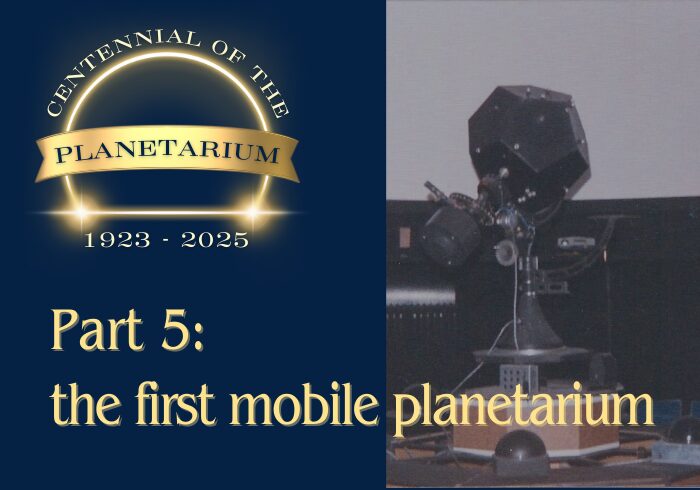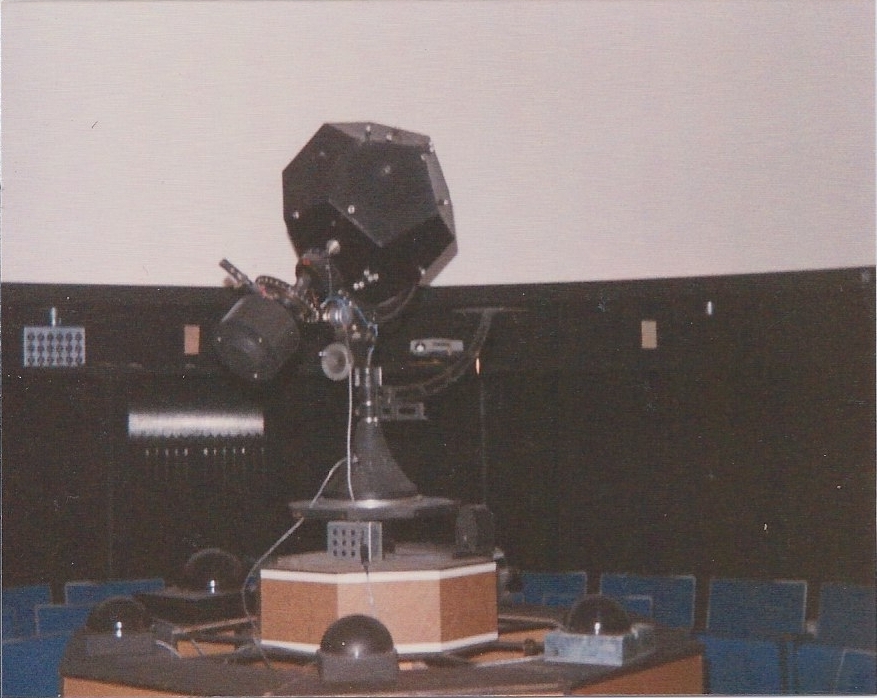SKYWARD TALES: PLANETARIUM’S STORY UNFOLDED – PART 5


Step into Chapter 5 of “Skyward Tales: Planetarium’s Story Unfolded”, where each segment illuminates a distinct era in the development of planetariums.
From their conceptual inception to the state-of-the-art digital domes of the present, this series chronicles the remarkable journey of these celestial theaters. Discover how each generation of planetariums has expanded our horizons, bringing the mysteries of the universe closer to earth.
Through this exploration, we celebrate the technological marvels and the visionary minds that have transformed these spaces into portals to the cosmos. Embark with us on a voyage through the history and innovation of planetariums.
In the fifth chapter of our exploration into the history of planetariums, we spotlight a transformative moment that brought the stars closer to communities far and wide: the inception of the portable planetarium.


In 1948, a pivotal development occurred when the Museum of Science (MOS) in Boston introduced the first transportable planetarium. This innovation came at a time when the old Natural History Museum downtown was closing, and the new MOS was under construction. To continue engaging the public in astronomical education, the MOS devised a “road show” that could travel across New England, bringing celestial shows to schools, libraries, and churches.
The portable planetarium was an 5.5m diameter wooden structure that could seat 50 people, 148 shows are presented through May 1949 for more than 6,000 visitors. It housed a Spitz star projector, a brand that would become synonymous with planetariums.
This mobile marvel was not just a stopgap solution but a pioneering approach to making astronomy accessible to wider audiences, especially in areas where permanent planetarium facilities were unavailable.
The concept of the portable planetarium represented a significant leap in democratizing space education, allowing countless individuals to experience the wonders of the night sky up close.
The success of the MOS’s portable planetarium paved the way for future innovations in mobile astronomical education. It showed that with creativity and ingenuity, the boundaries of science outreach could be expanded, bringing the awe-inspiring beauty of the stars to people’s doorsteps.
For more insights into the evolution of portable planetariums and their impact on astronomy education, visit the International Planetarium Society’s resources on portable planetariums and delve deeper into the history of planetariums.
Skypoint Planetariums is proud to sponsor the centennial celebration of planetariums.
We invite everyone to visit the dedicated website created by GDP and IPS:
www.https://planetarium100.org/
Stay tuned for our next cosmic journey in the “Skyward Tales: Planetarium’s Story Unfolded” series.
